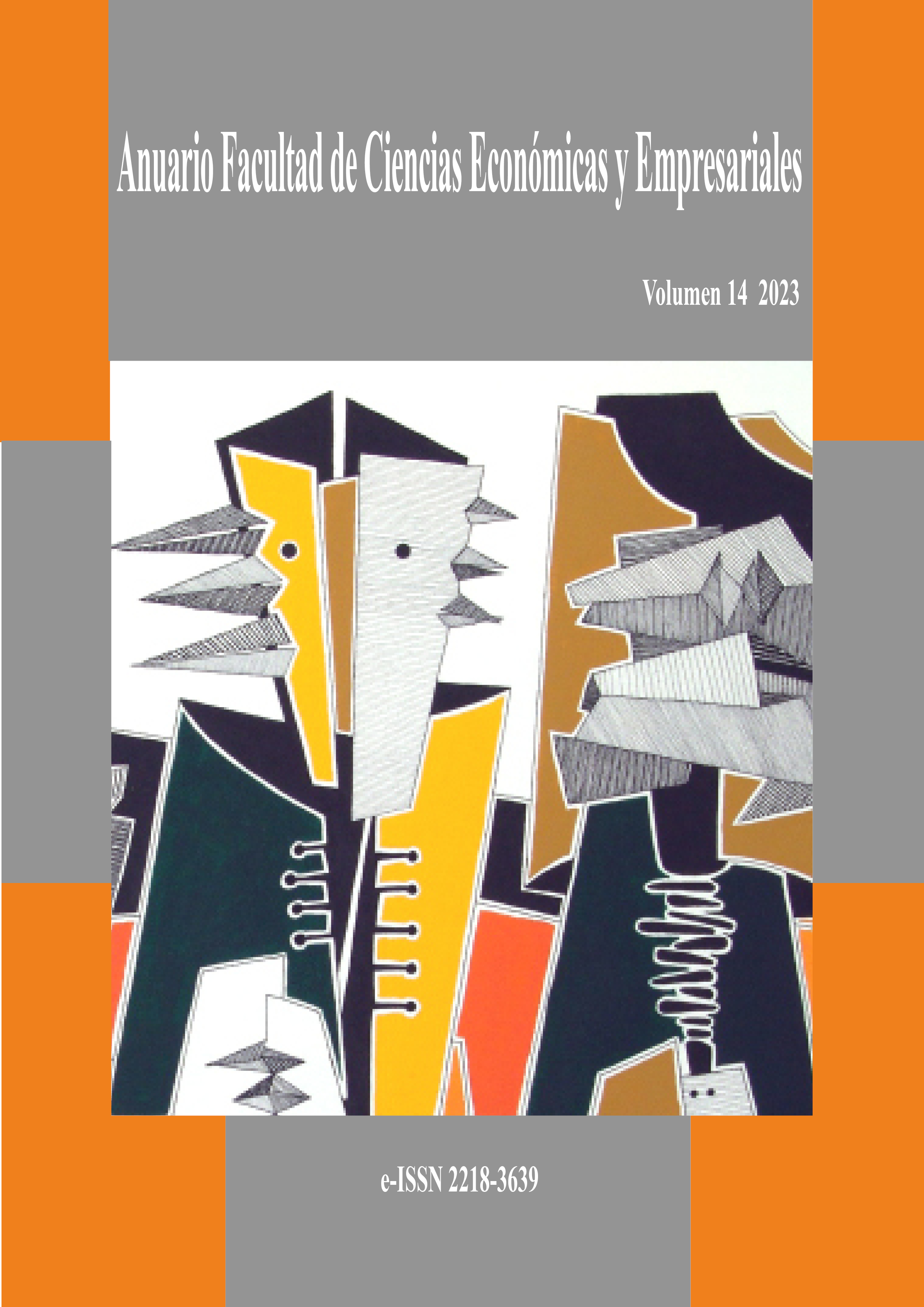Economic reactivation of Mipymes in the north central area of Manabí before COVID-19
Economic reactivation of Mipymes in the north central area of Manabí before COVID-19
Keywords:
Entrepreneurship, biosecurity, digital marketing, economyAbstract
This research work was carried out in the Seedbed Program for Researchers of the Escuela Superior Politécnica Agropecuaria de Manabí Manuel Félix López, it was based on the study, analysis and generation of strategies based on socioeconomic information of micro, small and medium enterprises within the north central area of Manabí and aimed to establish strategies for the economic reactivation of MSMEs in the face of the COVID-19 pandemic, the phases to meet this objective were: Diagnose the current situation of micro, small and medium-sized companies; carry out a SWOT matrix and design an action plan for the economic reactivation of MSMEs in the north central area of Manabí in the face of the COVID-19 pandemic. In the methodological stage, the survey technique was applied with a total of 250 responses from the owners of the companies in order to identify their situation in the face of the health emergency, for the analysis of the results the analytical and deductive method was obtained, as well as bibliographical research for the discussion of the proposed results. Finally, it was found that the situation faced by these MSMEs after the appearance of COVID-19 is critical, due to the fact that the highest percentage is dedicated to the commercialization of goods followed by the commercialization of services, where none of these businesses was trained in biosafety issues and to a lesser extent in electronic commerce and digital marketing issues, which seriously affected its economy.
References
Alerta. (2010). Crisis humanitarias y acción humanitarias. https://escolapau.uab.cat/img/programas/alerta/alerta/10/cap04e.pdf
Baque, M., Gutiérrez, S. y Loor, P. (2020). Impacto económico de la pandemia por COVID 19 en las comercializadores y productores de calzados. Revista Científica Mundo de la Investigación y el Conocimiento, 7(1), 71-81. https://www.recimundo.com/index.php/es/article/download/1628/2086/
Centro de Desarrollo de la OCDE. (2020). Impacto financiero del COVID-19 en Ecuador: desafíos y respuestas [Archivo PDF]. https://www.oecd.org/dev/Impacto-financiero-COVID-19-Ecuador.pdf
CEPAL. (2020). América Latina y el Caribe ante la pandemia del COVID-18 Efectos económicos y sociales [Archivo PDF]. https://repositorio.cepal.org/bitstream/handle/11362/45337/4/S2000264_es.pdf
Comisión Económica para América Latina y el Caribe. (2020). Mipymes y COVID 19. https://www.cepal.org/es/euromipyme/mipymes-covid-19
Comisión Económica para América Latina y el Caribe. (2015). Manual de Micro, pequeña y mediana empresa [Archivo PDF]. https://repositorio.cepal.org/bitstream/handle/11362/2022/1/Manual_Micro_Pequenha_Mediana_Empresa_es.pdf
El Plural. (2017). Característica del emprendedor. https://www.elplural.com/economia/diccionario-financiero/emprendimiento_112299102
Gobierno de la República del Ecuador. (2020). Resistencia, reactivación y recuperación [Archivo PDF]. https://www.planv.com.ec/sites/default/files/200410_ecuador_frente_al_covid_vf_0.pdf
Hidalgo, F. (s.f.). Problemática alimentaria y crisis sanitaria en el Ecuador. https://www.clacso.org/problematica-alimentaria-y-crisis-sanitaria-en-ecuador/
Klinger, F. (2014). Definición de emprendimiento. https://emprendemiestrategia.wordpress.com/2014/03/13/%C2%BFque-es-emprendimiento/
Lamada, F. (2016). Crisis Sanitarias y respuestas políticas. Revista de Administración Sanitaria Siglo XXI, 4(3), 401-406. https://www.elsevier.es/es-revista-revista-administracion-sanitaria-siglo-xxi-261-articulo-crisis-sanitarias-respuesta-politica-13094669
Mideros, A. (2020). Economías en tiempo de COVID. https://www.primicias.ec/noticias/firmas/economia-tiempos-covid-19/
Ministerio de Sanidad. (2020). Enfermedad por coronavirus, COVID 2019. https://www.sanidad.gob.es/profesionales/saludPublica/ccayes/alertasActual/nCov/home.htm
Muller, S. (2020). OMS que es la emergencia sanitaria internacional. https://www.dw.com/es/oms-qu%C3%A9-es-una-emergencia-sanitaria-internacional/a-52217051
OMS. (s.f.). Organización Mundial de la Salud. https://www.who.int/es/emergencies/diseases/novel-coronavirus-2019/advice-for-public/q-a-coronaviruses?gclid=EAIaIQobChMIqobxnuub6gIVkYbACh2rcQbFEAAYASAAEgIyuvD_BE
ONU. (2020). La recuperación de la crisis de la Covid-19 deberá conducirnos a una economía diferente. https://www.un.org/es/coronavirus/articles/launch-report-socio-economic-impacts-covid-19
Rendón, M. (2013). Prezi.com. https://prezi.com/b9bprhnrs49f/mipyme-caracteristicas- clasificacion-normatividad-vigente/
Downloads
Published
Issue
Section
License
Copyright (c) 2023 EDWIN WELLINGTON MOREIRA SANTOS, MARYURI ALEXANDRA ZAMORA CUSME, JENIFFER MERCEDES PÁRRAGA VERA, JUDERLIN PIERINA GARCÍA MARCILLO, GISSELA ANNABELL CEDEÑO PÁRRAGA

This work is licensed under a Creative Commons Attribution-NonCommercial-NoDerivatives 4.0 International License.
Esta revista proporciona un acceso abierto inmediato a su contenido, basado en el principio de que ofrecer al público un acceso libre a las investigaciones ayuda a un mayor intercambio global de conocimiento.
This journal provides immediate open access to its content, based on the principle that providing the public with free access to research supports a greater global exchange of knowledge.



























 Universidad de Oriente
Universidad de Oriente 